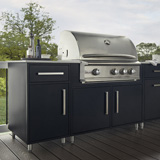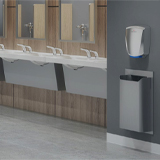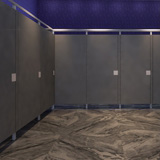JOIN US IN YOUR CITY • REGISTER BELOW • ATTENDANCE REPORTED ON A PER-PRESENTATION BASIS
Boston, MA - Thursday December 15, 2022

Boston, MA
Event Date
Thursday December 15, 2022
7:30 am - 5:30 pm
Available Credits
Up to 8 AIA HSW/LU CE Hour(s)
Up to 5 GBCI General Hour
Up to 1 RCEP PDH(s) for Engineers
Maggiano's Little Italy - Boston
4 Columbus Avenue
Boston, MA 02116
Boston, MA 02116
Event Agenda
Thursday, December 15, 2022
7:30 am
|
|
8:00 am
|
Sponsored By Wolf Home Products 1 AIA HSW/LU CE Hour(s) 1 GBCI General Hour Learning Objectives:
|
9:10 am
|
Sponsored By All Weather Insulated Panels 1 AIA HSW/LU CE Hour(s) 1 GBCI General Hour Learning Objectives:
|
10:20 am
|
Sponsored By Wolf Home Products 1 AIA HSW/LU CE Hour(s) 1 GBCI General Hour Learning Objectives:
|
11:30 am
|
Sponsored By World Dryer 1 AIA HSW/LU CE Hour(s) 1 GBCI General Hour 1 IWBI WELL Specific Learning Objectives:
|
12:30 pm
|
|
1:00 pm
|
Sponsored By Chamberlain Group 1 AIA HSW/LU CE Hour(s) 1 GBCI General Hour Learning Objectives:
|
2:10 pm
|
Sponsored By Rheem Commercial Air 1 AIA HSW/LU CE Hour(s) 1 RCEP PDH(s) for Engineers Learning Objectives:
|
3:20 pm
|
Sponsored By Specialty Fenestration Group 1 AIA HSW/LU CE Hour(s) Learning Objectives:
|
4:30 pm
|
Sponsored By Scranton Products 1 AIA HSW/LU CE Hour(s) Learning Objectives:
|
State CE Requirements
|
Massachusetts Board of Registration of Architects (617) 727-3072 Renewal Cycle: Annual Total Hours Required: 12 Detailed Hours Required: 12 HSW Renewal Deadline: August 31st |








.jpeg)










